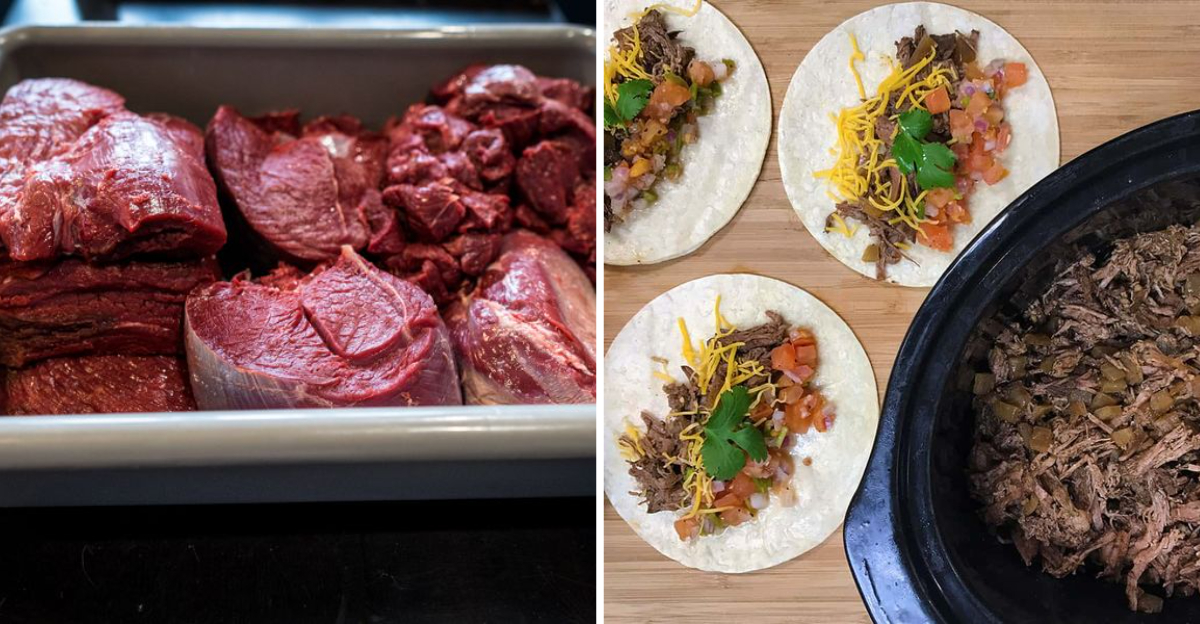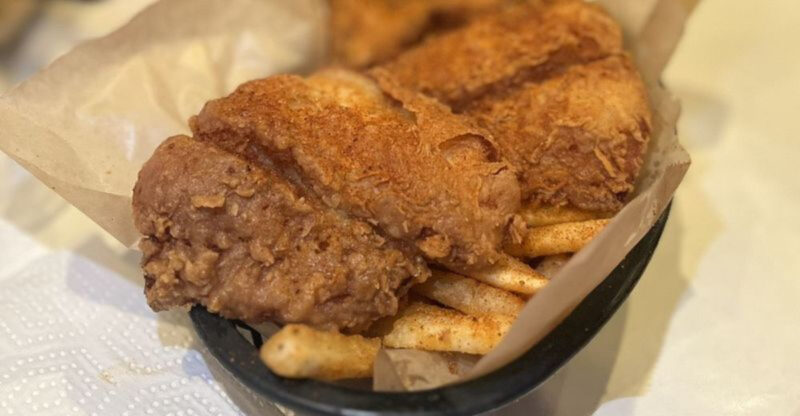Meat Prices Are Rising In Alaska – Here’s How To Get More From Every Cut

Grocery bills in Alaska have been climbing steadily, and meat prices are hitting wallets harder than ever. Between remote shipping routes and limited supply chains, families across the state are feeling the pinch at checkout.
But rising costs don’t mean sacrificing hearty meals or quality protein – there are smart, practical ways to stretch every dollar and make the most of every cut.
1. The High Cost Of Meat In The Last Frontier
Alaskans face unique challenges when shopping for groceries, especially protein. Geographic isolation means most meat arrives by air or sea, adding significant transportation costs to every pound.
Cold storage requirements and fuel expenses push prices even higher. What costs five dollars in the Lower 48 might run eight or nine dollars in remote communities, making meal planning a careful balancing act for many households.
2. Why Meat Prices Are Soaring Across Alaska
Supply chain disruptions have hit Alaska particularly hard. Shipping delays, fuel surcharges, and labor shortages create a perfect storm that drives up costs at every step.
Climate challenges also play a role – harsh winters increase heating and transportation expenses. Add national inflation trends to these local factors, and the result is sticker shock for shoppers statewide, from coastal villages to urban centers.
3. How Rising Costs Affect Local Shoppers
Families throughout Alaska are adjusting shopping habits to cope with rising meat prices. Many are buying less beef and exploring alternative proteins or smaller portion sizes.
Budget-conscious shoppers now compare prices across multiple stores and watch for sales more carefully. Some residents have started pooling resources with neighbors or joining buying co-ops to access better deals through collective purchasing power.
4. Smart Shopping
Not all cuts carry the same price tag, and learning which ones offer the best value can transform a grocery budget. Chicken thighs cost less than breasts but deliver more flavor and stay juicy through various cooking methods.
Pork shoulder and beef chuck provide substantial portions at lower prices. These cuts require slower cooking but reward patience with tender, satisfying results perfect for feeding hungry families.
5. The Value Of Local, Freshly Cut Meat
Building a relationship with a trusted butcher opens doors to better deals and expert advice. Local meat professionals can recommend cuts that fit specific budgets and cooking styles while offering tips on preparation.
Many butchers set aside less popular cuts or offer discounts on bulk purchases to regular customers. They might also alert shoppers to upcoming sales or special orders, helping families save money while supporting local businesses.
6. Underrated Cuts Worth Trying (And How To Cook Them)
Beef shanks, oxtail, and pork neck bones rarely get attention, yet they shine in slow-cooked dishes. These cuts contain rich marrow and connective tissue that break down into silky, flavorful sauces.
Braising or stewing transforms tough fibers into melt-in-your-mouth tenderness. Try shanks in hearty soups or oxtail in stews – the deep, satisfying flavors prove that premium cuts aren’t always necessary for memorable meals.
7. Preserving And Freezing Tips For Maximum Freshness
Proper freezing techniques prevent waste and extend meat’s usable life considerably. Vacuum sealing removes air that causes freezer burn, keeping meat fresh for months beyond standard wrapping methods.
Label packages clearly with contents and dates to track inventory. Portion meat before freezing to thaw only what’s needed for each meal. Flash-freezing individual pieces on trays before bagging prevents clumping and makes grabbing single servings easier.
8. Bulk Buys And Local Farms
Purchasing a quarter or half animal directly from local farms often reduces per-pound costs dramatically. Though the upfront investment seems steep, the long-term savings add up quickly for families who eat meat regularly.
Local farms also offer transparency about raising practices and feed quality. Building connections with producers supports Alaska’s agricultural community while ensuring access to hormone-free, sustainably raised protein throughout the year.
9. Making Every Bite Count: Creative Recipes For Tougher Cuts
Tougher cuts become kitchen stars with the right approach. Slow cookers and pressure cookers turn inexpensive roasts into fork-tender dinners with minimal effort.
Shredding cooked meat extends portions – one pot roast becomes tacos, sandwiches, and grain bowls across multiple meals. Marinades with acidic ingredients like vinegar or citrus help break down tough fibers before cooking, adding flavor while tenderizing economically priced cuts into family favorites.
10. The Role Of Game Meat
Many Alaskan households supplement grocery purchases with wild game harvested through hunting and fishing. Moose, caribou, and salmon provide nutritious, lean protein that reduces dependence on expensive store-bought meat.
Hunting requires licenses and effort but rewards families with freezers full of quality protein. Even those who don’t hunt themselves often participate in traditional sharing networks, exchanging goods or receiving gifts from successful hunters within their communities.
11. Alaskan Traditions That Make Meat Go Further
Sharing food runs deep in Alaskan culture, where neighbors help neighbors through harsh conditions. Successful hunters often distribute portions of their harvest to elders, friends, and those facing hardship.
Community freezers and food-sharing programs connect those with surplus to those in need. These traditions stretch resources while strengthening social bonds, proving that cooperation and generosity remain powerful tools for weathering economic challenges together across Alaska’s communities.
12. Eating Well Even As Prices Climb
Rising meat prices create real challenges, but Alaskans have always been resourceful problem-solvers. By combining smart shopping strategies, traditional knowledge, and community support, families can continue enjoying nutritious, satisfying meals.
Exploring new cuts, preserving food properly, and connecting with local sources all help stretch budgets further. The key lies in flexibility, creativity, and remembering that quality meals come from thoughtful preparation, not just expensive ingredients.






